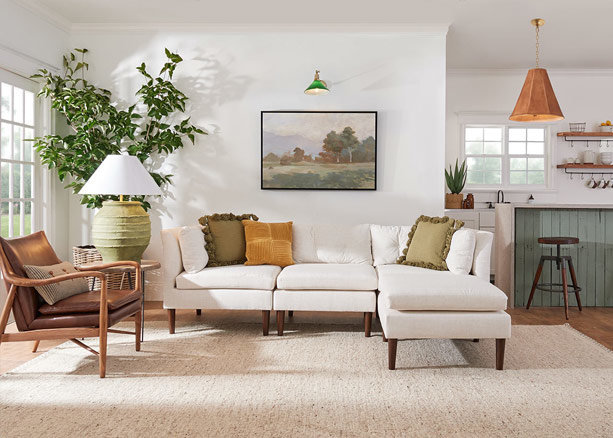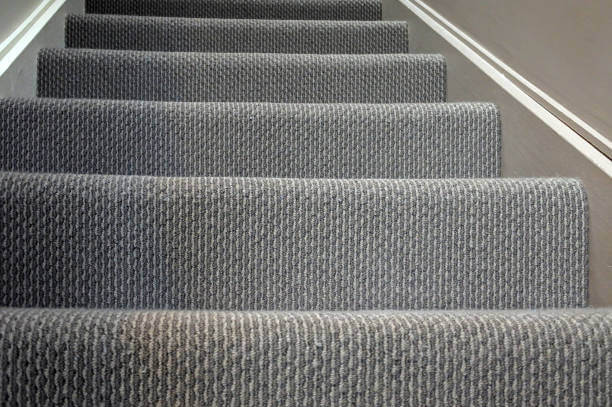When it comes to your annual spring clean, or your regular spritz to tidy and clean up your home, how often does your mind stray towards the drains and the network of pipes which lie underneath your plugholes and sink fittings?
Despite the integral role that they play in our lives, drains are so often overlooked as part of home cleaning – that is until something goes drastically wrong. The problem is, the signs of a blocked or damaged drain often mean that you’re too late to avoid damage – and so need to identify an emergency call-out team to provide drain cleaning London services to fix the issue and get your system back up and running.
In this blog, we talk about an alternative – regular drain cleaning, and the benefits of this service as provided by professional drainage specialists.
What is regular drain cleaning?
Drain cleaning is an umbrella term for a service which can be provided as part of an emergency call-out, or as a regular maintenance service – depending on each client’s needs.
In essence, it involves a series of professional drain cleaning specialists using high-quality equipment to flush out your drain network, removing any scale build-up and ensuring that any debris which has become stuck is removed and flushed away before it can create a problem.
If drain cleaning is booked as an emergency service, then the chances are that the drains are already blocked and that the common signs of a blockage are being exhibited. These involve gurgling pipes and an unpleasant aroma around sinks and plugholes – all pointing towards an underlying problem within the system.
The intention behind drain cleaning is to remove the blockage and ensure that the pipes are flowing freely again, with further services and tools available should the issues remain.
The benefits of drain cleaning
First and foremost, drain cleaning is a service which tackles a major issue in both domestic and commercial properties, combining diagnosis of the issue with a solution to get large and small drainage systems back up and running.
For clients who book drain cleaning as a regular service, any potential blockage is dealt with before it can become a lasting and more expensive issue. It also keeps the drainage network fresh and in the best possible condition until the next scheduled clean.
Finally, it’s important to note that drain cleaning as a professional service delivers access to specialists who can recognise the signs of damage and who know how to act fast and effectively remove blockages and other issues before they become worse. With the highest-grade equipment on hand and the latest techniques to minimise both damage and interruption to the resident, drain cleaning services are cost-effective and grant homeowners and property owners the peace of mind of knowing that their sinks will drain, and their toilets will flush with no issues.
For more information and to book a drain cleaning, visit our website today!







 Carpeting a staircase is an effective way to add comfort, style, and safety to your home. When choosing a carpet for your staircase, there are several factors to consider, including a budget, style preference, and practicality. Consider the amount of traffic on your stairs as well as any potential spills or stains that may occur. Additionally, you should also think about the type of material you want to use; carpets made from nylon and polyester tend to be durable and easy to clean, while wool carpets are more luxurious but require more maintenance. Ultimately, selecting the right carpet for your staircase is an important decision, so make sure you take the time to research different options before making your final choice.
Carpeting a staircase is an effective way to add comfort, style, and safety to your home. When choosing a carpet for your staircase, there are several factors to consider, including a budget, style preference, and practicality. Consider the amount of traffic on your stairs as well as any potential spills or stains that may occur. Additionally, you should also think about the type of material you want to use; carpets made from nylon and polyester tend to be durable and easy to clean, while wool carpets are more luxurious but require more maintenance. Ultimately, selecting the right carpet for your staircase is an important decision, so make sure you take the time to research different options before making your final choice.

